Take a look at the basic schematics of the internals shown in the data sheets for the LM324 (regular op-amp) and LM393 (comparator) respectively: -
The input stages are both pretty similar but the first big difference is the internal compensation capacitor inside the LM324 op-amp (shown with a red box around it). This compensation will ensure that with regular types of negative feedback (including the typically worst case scenario of connecting the output directly to the inverting input), the LM324 op-amp won't become unstable and oscillate.
Q10 and Q11 in the LM324 are just emitter followers so there is no "added gain" (aka potential extra stability worries) coming from those transistors and Q12 (LM324), is going to behave pretty much like Q7 in the LM393 i.e. produce a lot of voltage gain.
Clearly, the output stages are very different with the LM324 utilizing push-pull emitter followers (no gain) whereas the LM393 has another high gain common emitter stage formed by Q8.
So, in short, the LM324 has frequency compensation to allow a wide variety of feedback configurations whereas the LM393 doesn't have this compensation and, to make things worse from a stability point of view, it has a further stage of voltage gain.
If you take the data sheet's schematics as a decent guide to the internals of both chips, you have to conclude that applying "normal" amounts of negative feedback (to make a regular op-amp type amplifier), will result in oscillation or significant instability issues particular at low closed-loop gains.
Looking further into the detail of the data sheets, the LM393 has a minimum voltage gain of 50 V per milli volt inputted whereas the LM324 is only 15 V per millivolt inputted. This substantiates the suspicion of higher gain (for the LM393) implied by the schematics in the data sheets.
Having said all that, there are always methods of making a comparator into an amplifier but, there aren't enough clues in the LM393 data sheet that hint at a firm method.
